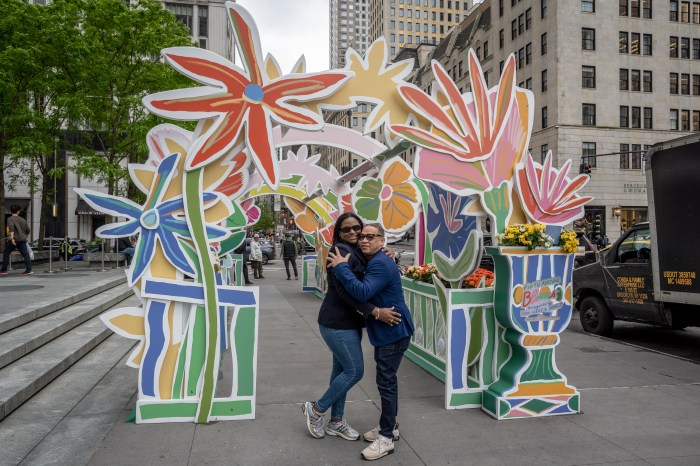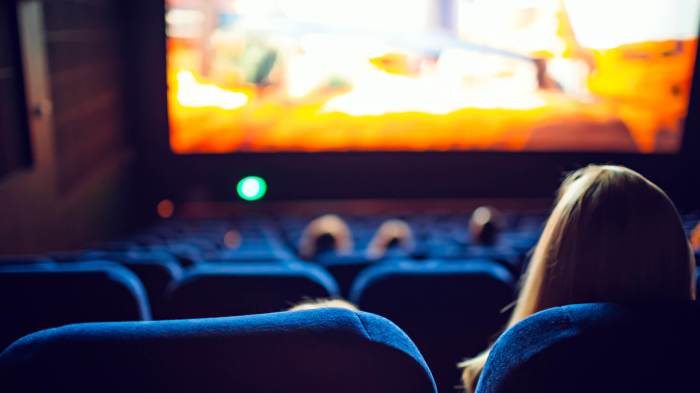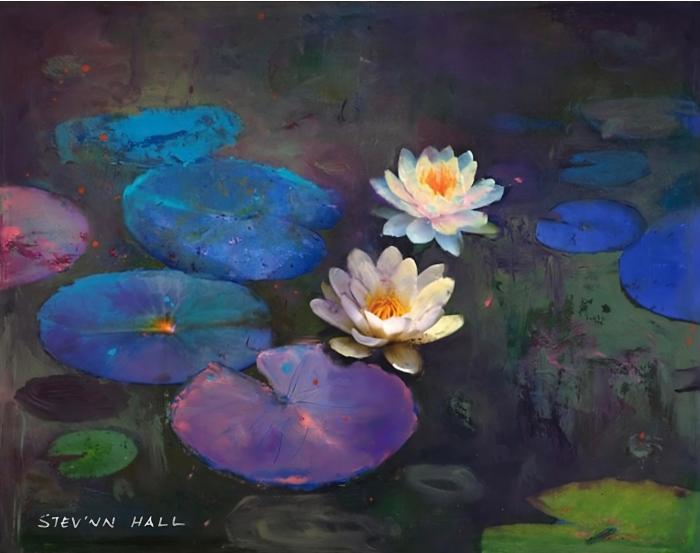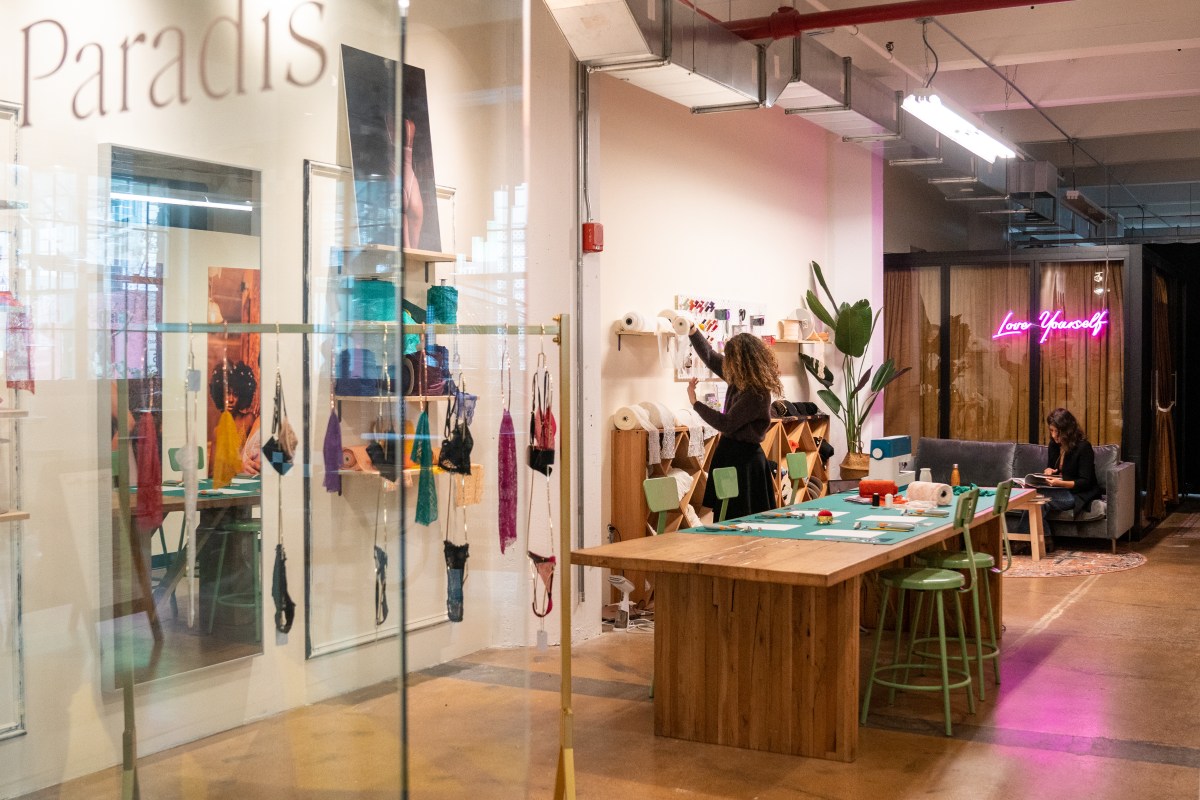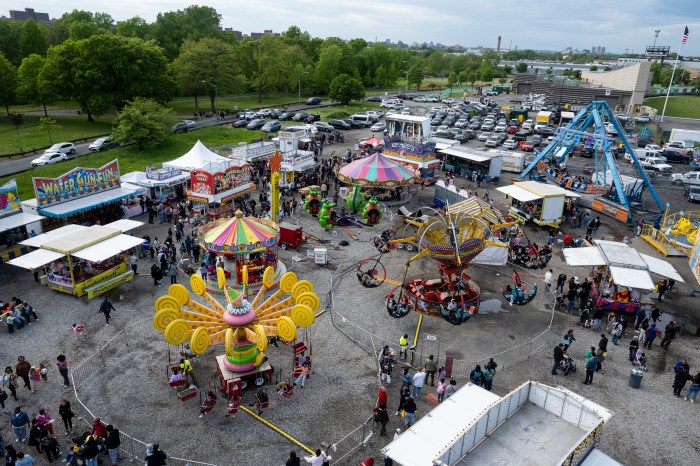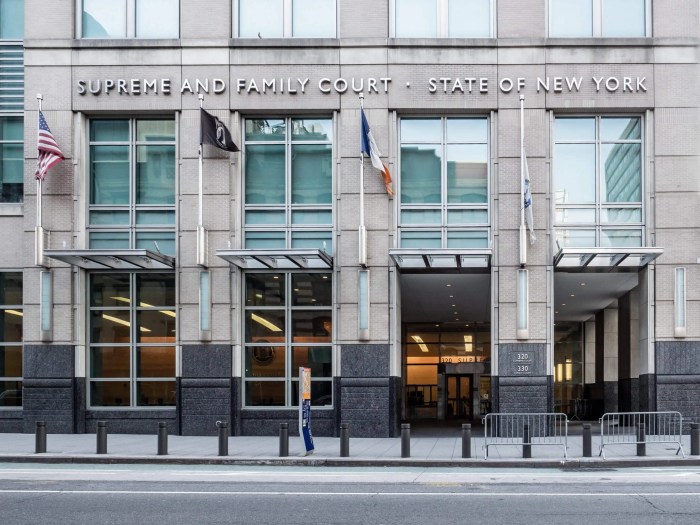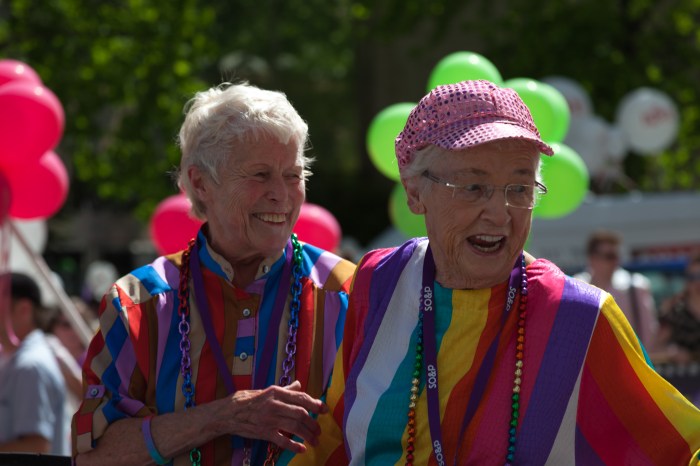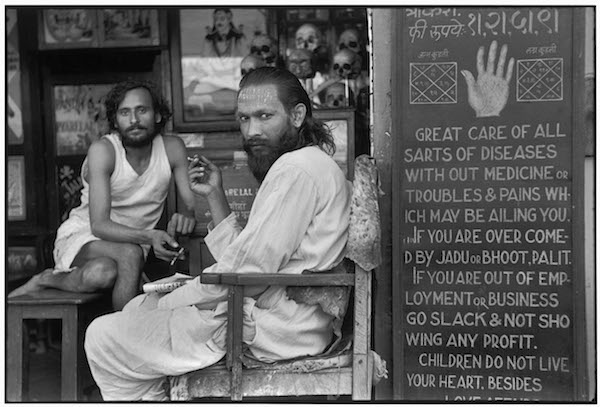
BY NORMAN BORDEN | Here is India through the eyes of one of the most — maybe the most — influential and revered photographers of the 20th century: Henri Cartier-Bresson (1908-2004). The artist himself selected 69 of his favorite images for a 2002 show in Oslo, and now that collection is part of the Rubin Museum of Art’s enthralling exhibition, “Henri Cartier-Bresson: India in Full Frame.” As his personal choices, these pictures offer unusual insight into what the artist considered to be among his best and most significant work during his time in India. They include his first meeting with Mahatma Gandhi as well as superb examples of his “street photography,” a genre he is widely credited with pioneering.
Numerous images illustrate what Cartier-Bresson famously termed “The Decisive Moment,” explaining, “Photography is the simultaneous recognition, in a fraction of a second, of the significance of an event, as well as of a precise organization of forms which give that event its proper expression.” What’s more, his first Leica camera, letters, and examples of his published work in Life and other magazines add another dimension to the show and help deepen the understanding of this iconic artist.
His involvement with India began when he co-founded the photo cooperative Magnum Photos in early 1947 with Robert Capa and three other veteran photojournalists. Assigned to cover India and China, he was hesitant about going until Capa enticed him with the promise that his images would appear “full-frame” in magazines — not cropped. He agreed and, as the beginning of a three-year stay in East Asia, went to India in late 1947.
Cartier-Bresson arrived in an India untethered from British colonialism and recently partitioned from Pakistan. He began to document the country’s chaos, political figures, people, and the street life — and would return to India five more times over the next several decades, capturing the soul of India with his portraits of royalty, refugees, shopkeepers, and beggars as well as temples, landscapes, and streetscapes. “India in Full Frame” provides a stunning view of his fascination and appreciation of the country and its people.
In January 1948, the artist traveled to Delhi to meet and photograph Mahatma Gandhi, who was now in the midst of a hunger strike as a protest against the Hindu-Muslim violence caused by the partitioning. Cartier-Bresson photographed Gandhi during and after his fast, and, for the last time, on January 30. Only 90 minutes after their last meeting, Gandhi was assassinated by a Hindu nationalist. In the ensuing hours and days, Cartier-Bresson became an eyewitness to history. In a remarkable series of photographs, he documented the funeral, from the first flame of Gandhi’s cremation to the amphibious “duck” boat that was carrying Gandhi’s ashes. Looking for a different perspective of the huge crowds along the route of the cortege, he pointed his camera up to photograph a group of men perched in a big tree hoping to get a better view. When Life Magazine and others published Cartier-Bresson’s comprehensive and sensitive reporting of Gandhi’s death, he gained international recognition. The rest, as they say, is history.
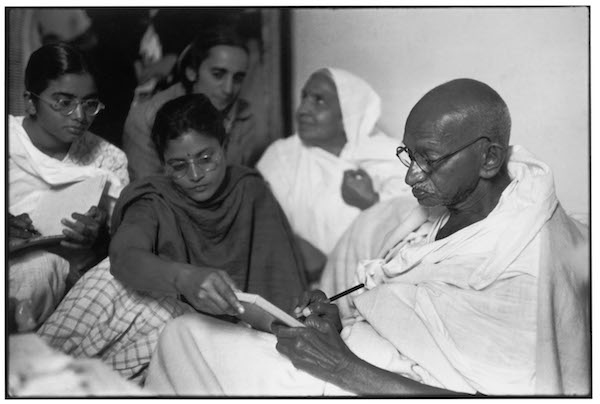
India offered Cartier-Bresson a wealth of photo opportunities over the years and they are in full view here. He had a keen eye for juxtaposition, quickly spotting the relationships and/or the dichotomy in a visual. One thoroughly engaging example is “An Astrologer’s Shop In The Mill Workers’ Quarter of Parel, Bombay, Maharashtra, India.” Here, two men are smoking, gazing intently at the camera, framed by a sign that promises “GREAT CARE OF ALL SARTS (sic) OF DISEASES WITH OUT (sic) MEDICINE…” (remember, this is an astrologer’s shop). In the background, skulls sit on shelves, perhaps mute testimony to the astrologer’s powers. I wondered if the artist smiled when he took this picture.
In July 1948, Cartier-Bresson went to Kashmir to photograph the struggle between India and Pakistan over that disputed region. In his stunning “Muslim Women On The Slopes Of Hari Parbal Hill, Praying Towards The Sun Rising Behind The Himalayas,” (also the cover of his book “In India”), the two women kneeling, two standing, one of them with her hands outstretched in prayer, illustrate the geometric structure that was part of “the decisive moment.” However, the irony here, as Cartier-Bresson noted in his caption to Magnum, was that “Their backs are turned away from Mecca… this lack of orthodoxy may be explained by the fact that their ancestors were forcibly converted to Islam from earlier faiths, that they are constantly subject to strong Hindu influences and that they are geographically isolated from their Moslem (sic) neighbors.”
Cartier-Bresson was the consummate master of black and white photography. The photo of the Muslim women, with its painterly look and rich tonality, is fine art. And of course, so are many other images. His 1966 landscape, “Untitled” Udaipur, Rajasthan is magnificent, with fog hanging over the forest below and mountains in the distance; a lone figure in the foreground gives it scale. I wondered what it would have looked like in color, but remembered that Cartier-Bresson had a well-known aversion to using color film. Of course, as a Magnum photographer, he did use color when clients like Life Magazine demanded it.
Cartier-Bresson once said, “You just have to live and life will give you pictures” — and it did indeed, and they are here at The Rubin.
Through Jan. 29, 2018 at the Rubin Museum of Art (150 W. 17 St., btw. Sixth & Seventh Aves.). Curated by Beth Citron. Museum Hours: Mon. & Thurs., 11 am–5pm; Wed., 11 am–9pm; Fri., 11 am–10pm (free admission to galleries after 6pm); Sat. & Sun., 11am–6pm. $15 general admission ($10 for students/seniors; free admission for seniors on the first Monday of the month; free for ages 12 and younger, and RMA members). Call 212-620-5000 or visit rubinmuseum.org.










